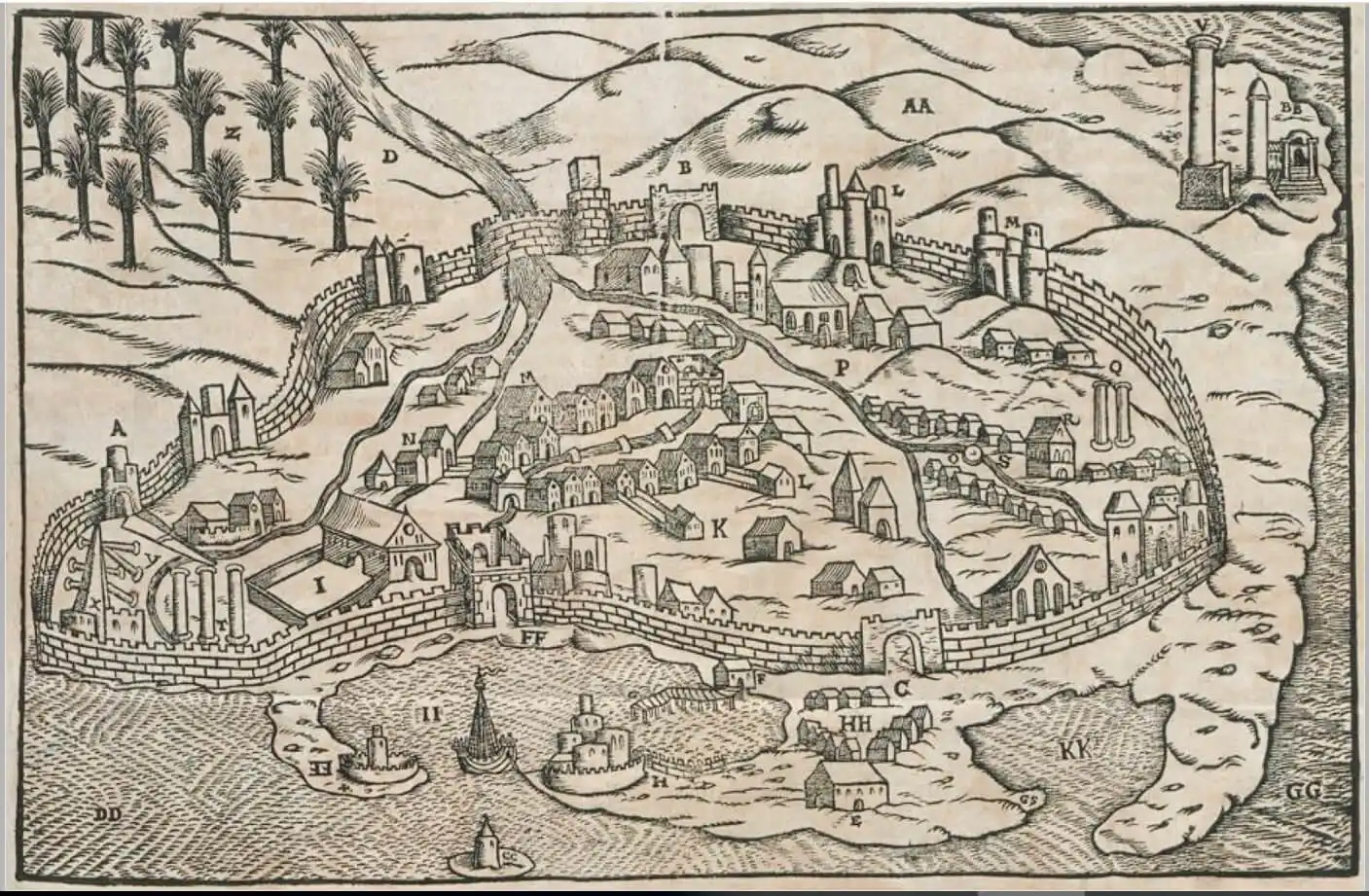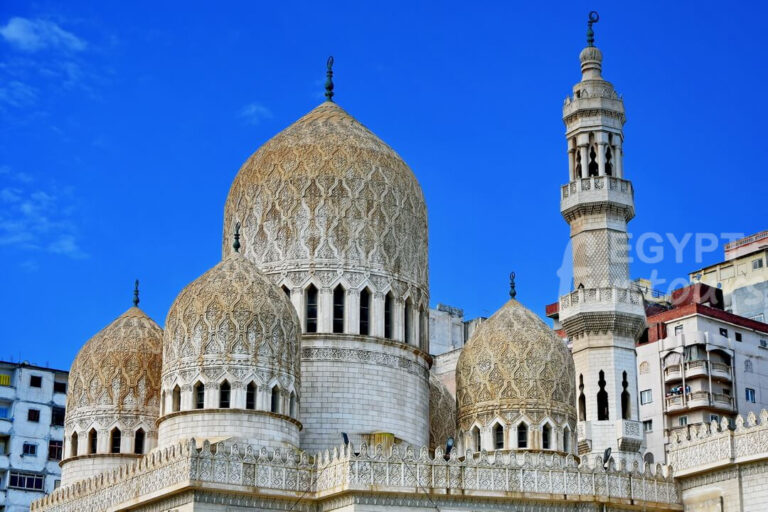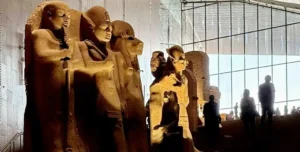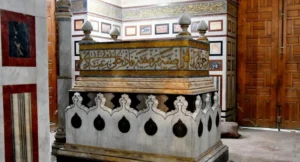In the center of Egypt’s bustling modern city, an incredible archaeological park waits for you. This is Kom el-Dikka, an open-air museum that shows you a different side of history. It is not a story of pharaohs or pyramids. This is the story of daily life in one of the Roman Empire’s greatest cities. The site features Egypt’s only known Roman Amphitheater, the ruins of a wealthy Roman villa, and the “lost” lecture halls of Alexandria’s ancient university.
A visit to Kom el-Dikka is a captivating walk through the very streets, homes, and theaters of the people who lived here 2,000 years ago.





























